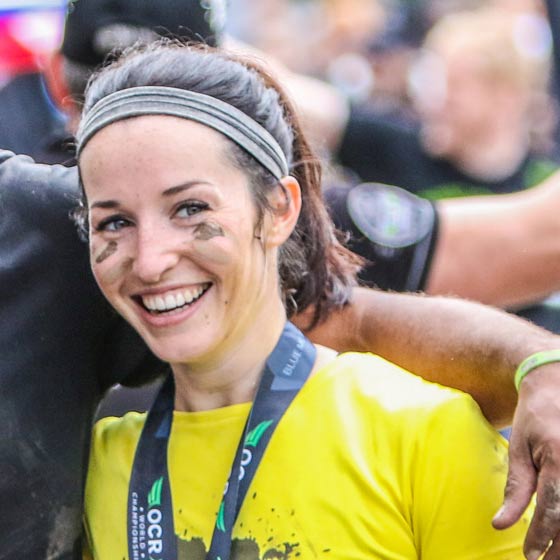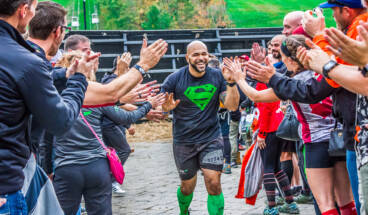
What To Expect At Your First Obstacle Course Race
You’re taking on your very first Obstacle Course Race, whether it’s a Spartan, Tough Mudder, or the 5K Charity Open at the OCR World Championships. Maybe you’re running elite and hoping to compete, or perhaps you’re running with a group of friends for charity.
Chances are you’re probably a little bit nervous, and wondering what’s going to happen. There’s plenty information out there on what kit to wear or how you should train, but what can you actually expect to happen on the day?
There are different events out there from the fun team style of Tough Mudder, to the competitive Spartan. Regardless of this, you make it what you want. Even if an event isn’t timed, you can push yourself as hard as you feel like. If it is, it doesn’t mean it’s a competition. You can have as much fun and silliness as you like, and take your time. Don’t let anyone tell you you’re doing it wrong
Obstacles
Well…of course. But let’s unpack it a little bit.
One of the beautiful things about OCR’s is how the obstacles are often kept secret until the last minute, so you’re never quite sure what you’ll be facing. While there are sometimes surprise obstacles, there are often some key ones that tend to appear.
Crawls
Getting down and dirty crawling under barbed wire or a cargo net. A quick and easy obstacle that many races like to make use of.
Monkey bars/Rings/ Rig
In recent years upper body obstacles have become incredibly popular, these are something that most newbies struggle with. I certainly did for years, and there are still many I can’t do! Be aware they will feature, give them a go but don’t stress if you can’t do them, you’d be amazed how many people can’t! If you want to train for them check out this training plan.
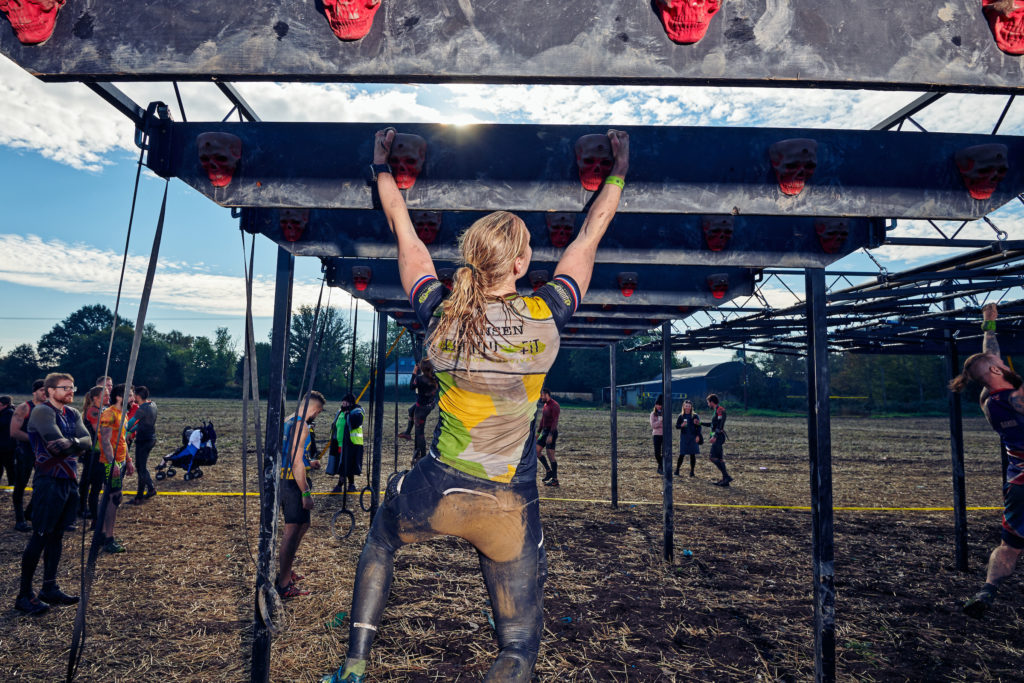
Carries
Atlas balls, buckets, sandbags, wreck bags. Different brands make use of different shapes and sizes of carry, and for longer races, expect more and longer carries. These can be really tricky, especially the bucket carries. If you suffer from recurring back problems don’t be a hero! Partner up with a friend and take your time, or request a penalty. If you’re there for fun it’s not worth getting injured for.
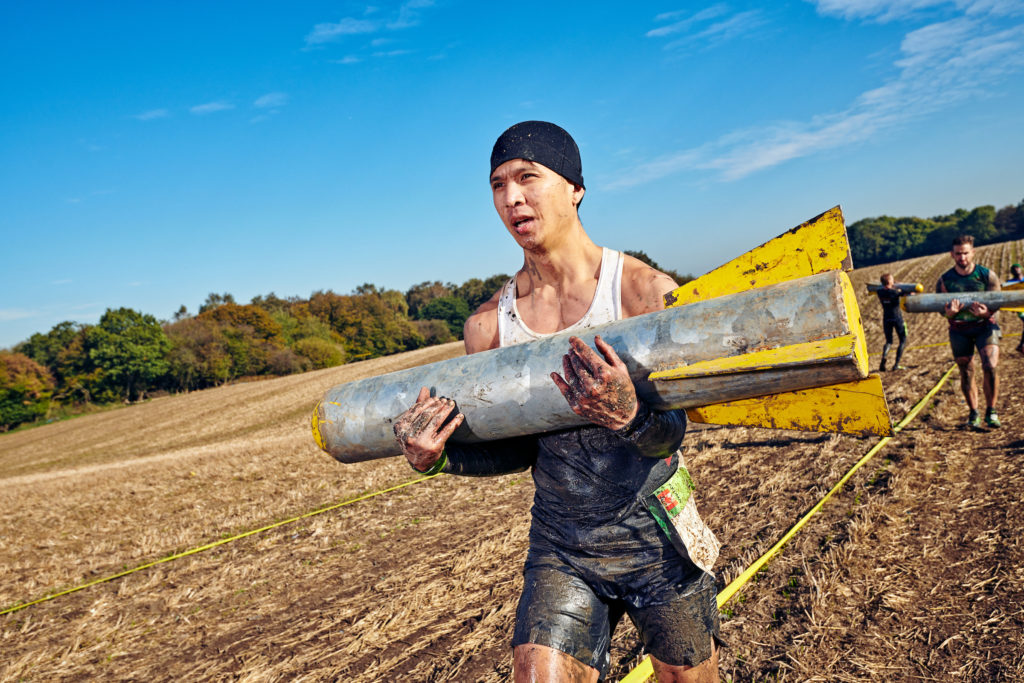
Walls
4ft, 6ft, 8ft…even higher! These are great to do in a team or group, give each other a leg up, and help each other out.

Water Heavy Obstacles
Many events include water heavy obstacles, these can range from full immersion dunks, to trudging through lots of mud… dress appropriately for this!
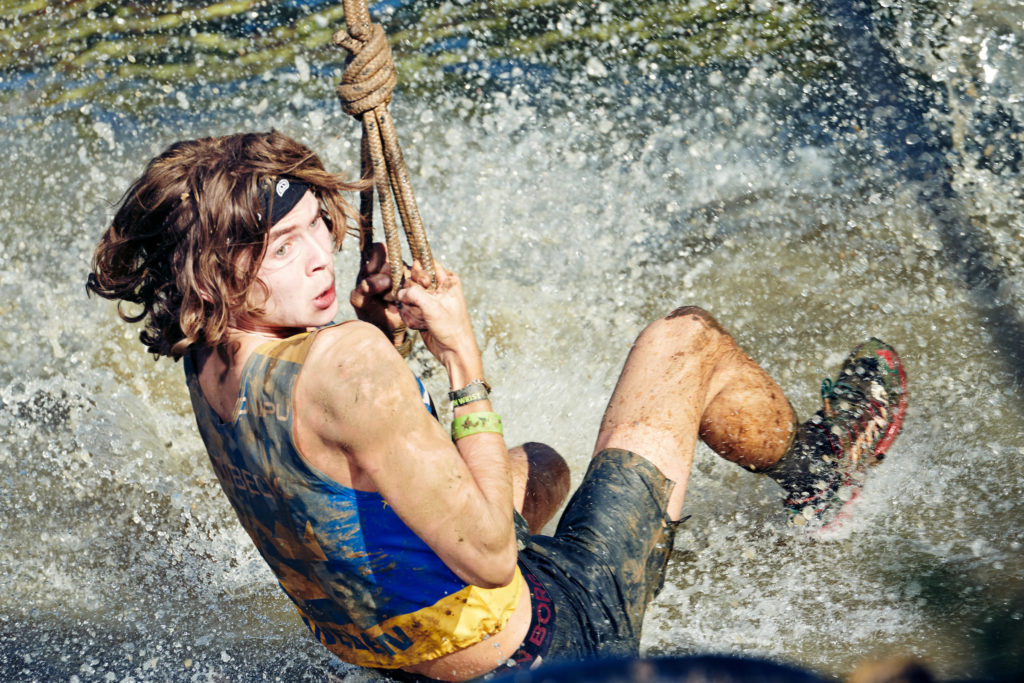
Mud
Mud glorious mud! I know some people who hate the muddy events because it makes their clothes smelly and clogs up the washing machine after (FYI, always rinse your kit several times in the bath after a muddy event).
For me this is where they get really fun. Mud adds to the difficulty of events, wet and muddy obstacles are a lot tougher than bone dry ones, but it also adds to the enjoyment. There’s nothing better than getting filthy and muddy, slipping around and acting like big kids again. It’s a real chance to let go and just have fun.
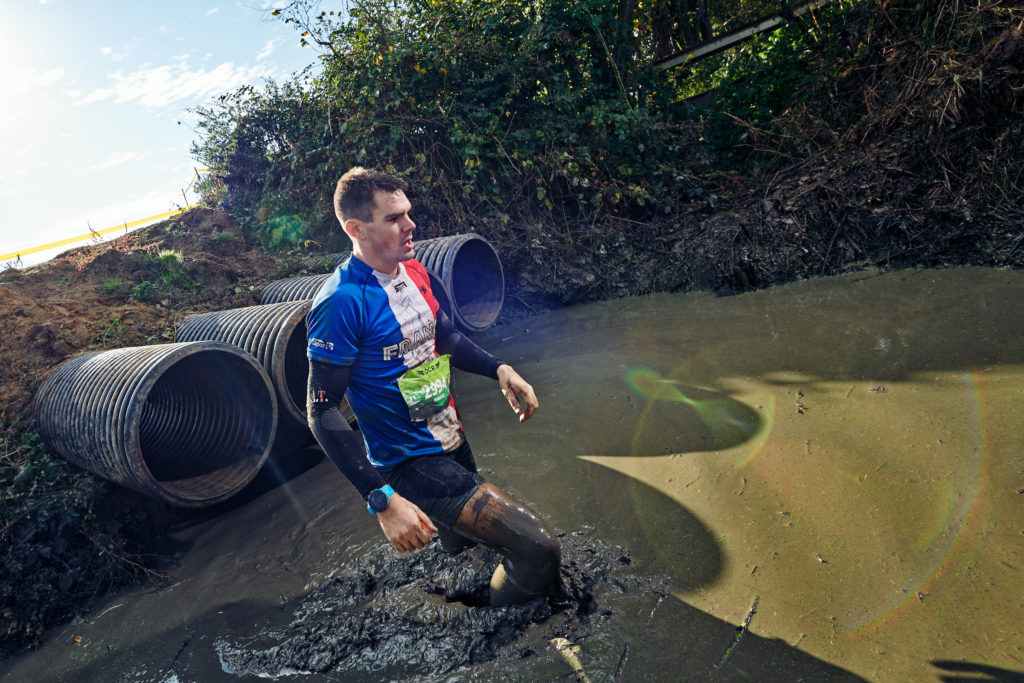
Running
No I’m not trying be facetious, promise! “Running” is a key feature of obstacle course races, but don’t panic. Before my first event a friend described it well. “Don’t worry,” she said. “You only usually have to run about 500-800m until the next obstacle, so it’s not like you’re running 5km non stop”.
Of course, you have to DO the obstacles, but they are a pleasant break in the running, which let’s be honest, most of us don’t love. There’s no need to be scared of the running, you can walk it if you want, but do make sure your body can handle the chosen distance first. Even walking 10 miles is tough. My advice, don’t be scared, but do be realistic.

Prepare to get naked
Now we’ve done the really obvious ones, let’s look at the less obvious aspects. Most races don’t have specific changing areas, (even if they do, they tend to be gender specific but communal). If you do more than one event you’ll quickly get used to stripping down by your car or somewhere in the event village. The important thing is getting out of wet and muddy clothes, and getting warm and dry quickly.
You’ll see lots of people wearing changing robes, but a dressing gown can go a long warm to keep you warm and dry. Pack loose clothes like sweats, a cotton tee, and a hoodie to get changed into. Don’t forget clean socks and underwear, a possibly a woolly hat. Take a garbage bag to shove all your grubby clothes into.
Lots of Fun
Last but most certainly not least… expect fun! Most people will look at obstacle course races and see the elites, the competitors, and people taking it really seriously (which is still really good fun). If that’s not your bag, don’t worry. The majority of entrants are first timers, or newbies having fun. I still get nervous on the start line so I know how scary it is, but trust me, no one is there to judge how good you are, or to laugh at you.
For most of us this is a fun weekend activity with friends or family. The most important thing is to loosen up, and enjoy it. It’s an amazingly liberating sport.

My top tips:
There are always things we forget at events, but here are my top tips to make obstacle course race day a bit easier:
- Check the address before you’re ready to set off. Save it to your phone or GPS in advance so you’re not panicking the morning of the event.
- Check what you’re asked to bring, it may be a printed off waiver, or certain ID.
- Arrive in good time, parking and registration can take a while. Give yourself at least an hour, but preferably more.
- Bring cash for parking, bag drops, and food/drinks.
- Don’t take anything unnecessary; credit cards you don’t need, jewelry, or anything else valuable. You don’t want to wear jewelry out on the course and you don’t want to leave it in bag drop, just for your own peace of mind.
- Check out this article about post race recovery for what to do when you’re done
Francesca Chiorando
Francesca is an avid obstacle course racer, TV host, and blogger at Mud Is My Makeup. Follow her Instagram at @MudIsMyMakeUp and @FranChiorando.
